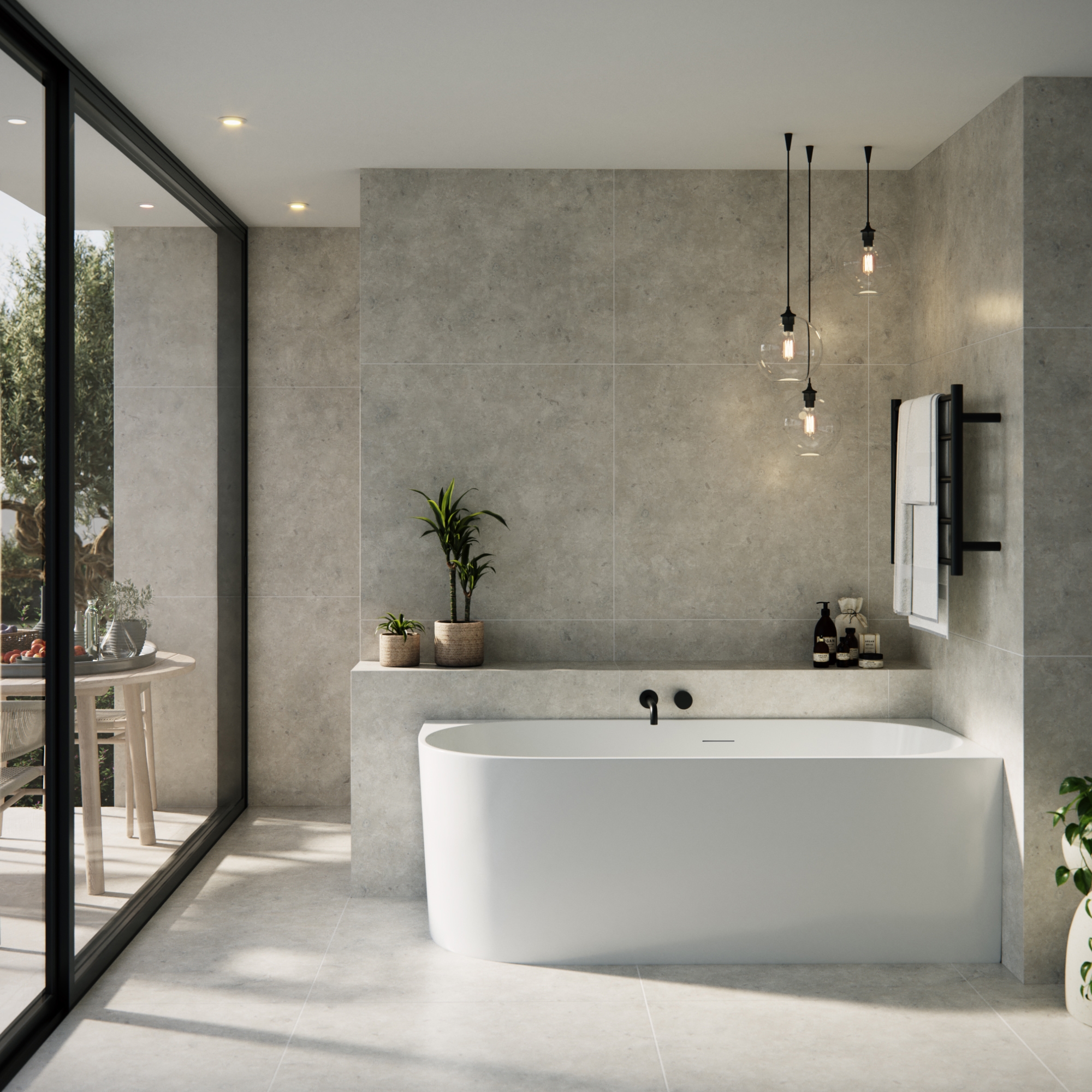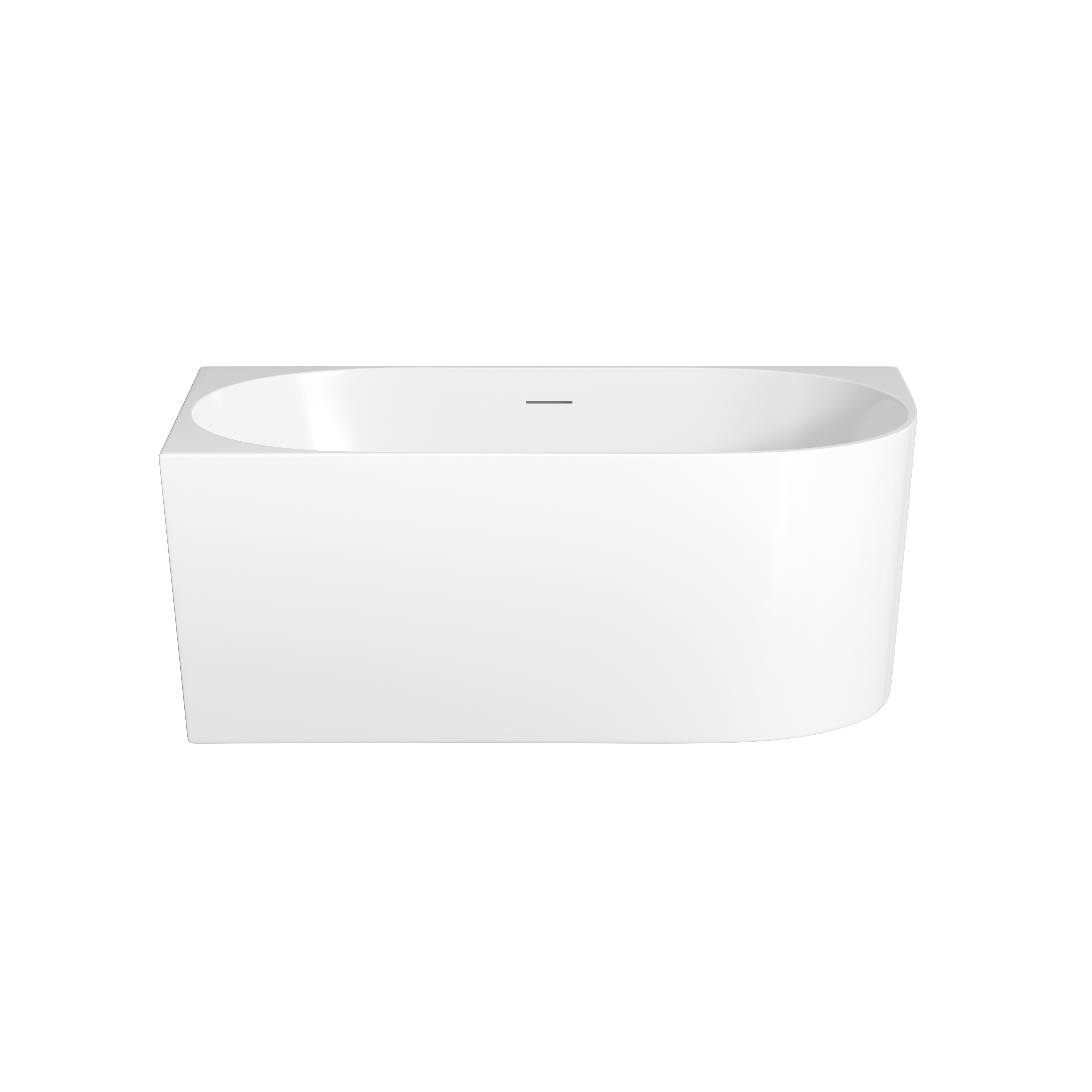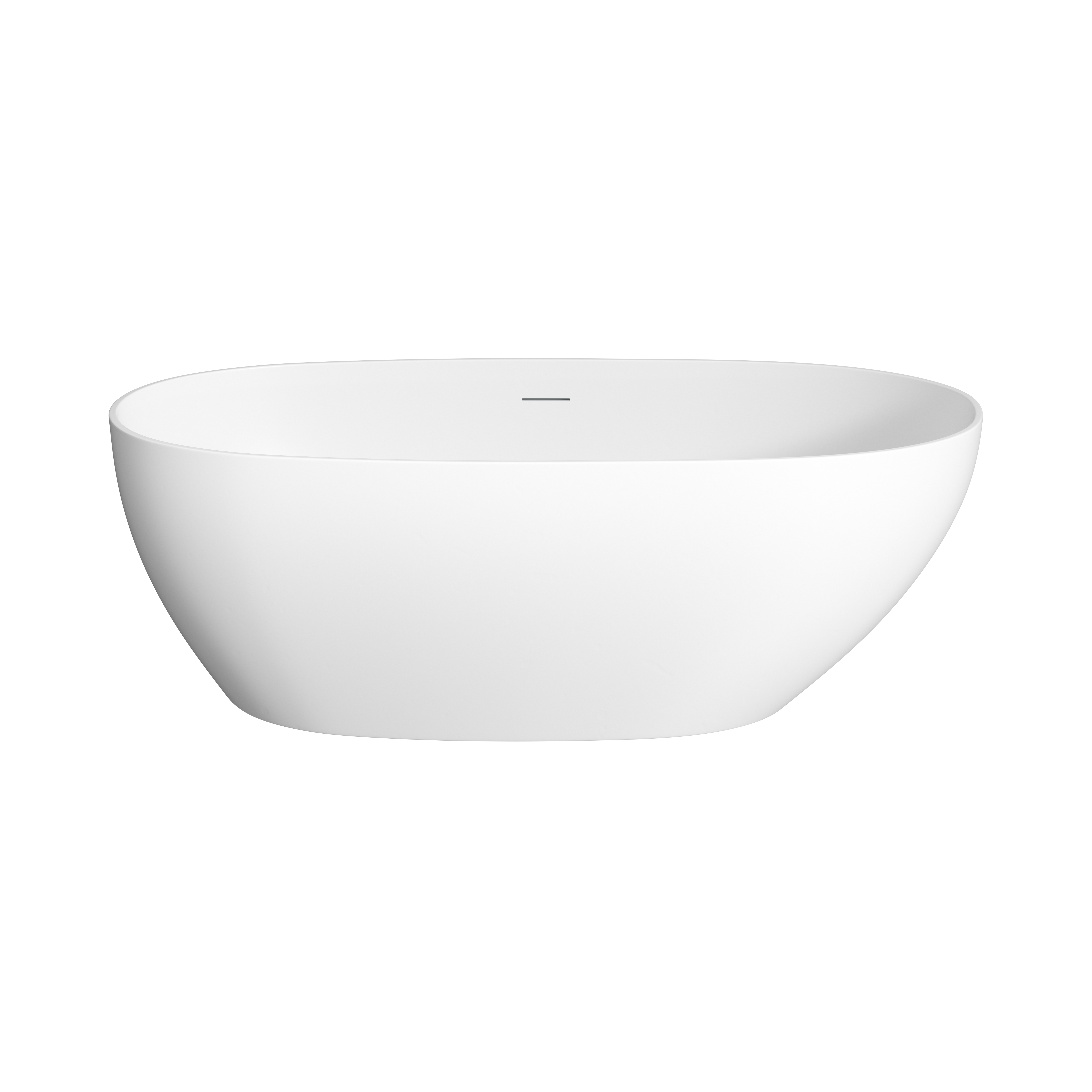Why You Need a Bath With an Overflow
As Australian regulations shift, overflow drains will soon be a legal requirement for bathtubs. But beyond compliance, installing an overflow drain can bring significant benefits to your bathroom. Overflow drains are designed to prevent flooding by collecting excess water when filling your tub, offering both convenience and safety.


How Overflow Drains Work
The primary function of an overflow drain is to collect excess water if the bathtub tap is accidentally left running. This helps prevent the bath from overflowing, keeping your bathroom floor dry and avoiding potential water damage.
Additionally, overflow drains help maintain a consistent water level. If kept in the right position, the drain will maintain a minimal water level, letting you enjoy a relaxing bath without the worry of spilling water.
Why They Are Important
Overflow drains provide peace of mind. You no longer need to stand by and monitor the water level as the tub fills. These drains ensure the water won’t spill out, protecting your floors and preventing potential flooding. It’s a simple feature that offers big advantages in terms of safety and convenience.
Types of Overflow Drains
There are two main types of overflow drains: traditional and integral. Traditional overflows are found in older homes, where a hole is cut into the tub to install an external drain system. Integral overflows are more modern, built into the tub’s walls for a sleek and seamless design.
For those seeking both functionality and style, our range of Freestanding Baths with Overflow is a fantastic choice. The integrated overflow drain ensures your bathroom stays safe while you relax in your beautiful, modern bath.
See below a selection of our popular freestanding baths with an overflow, or view our entire range here.



